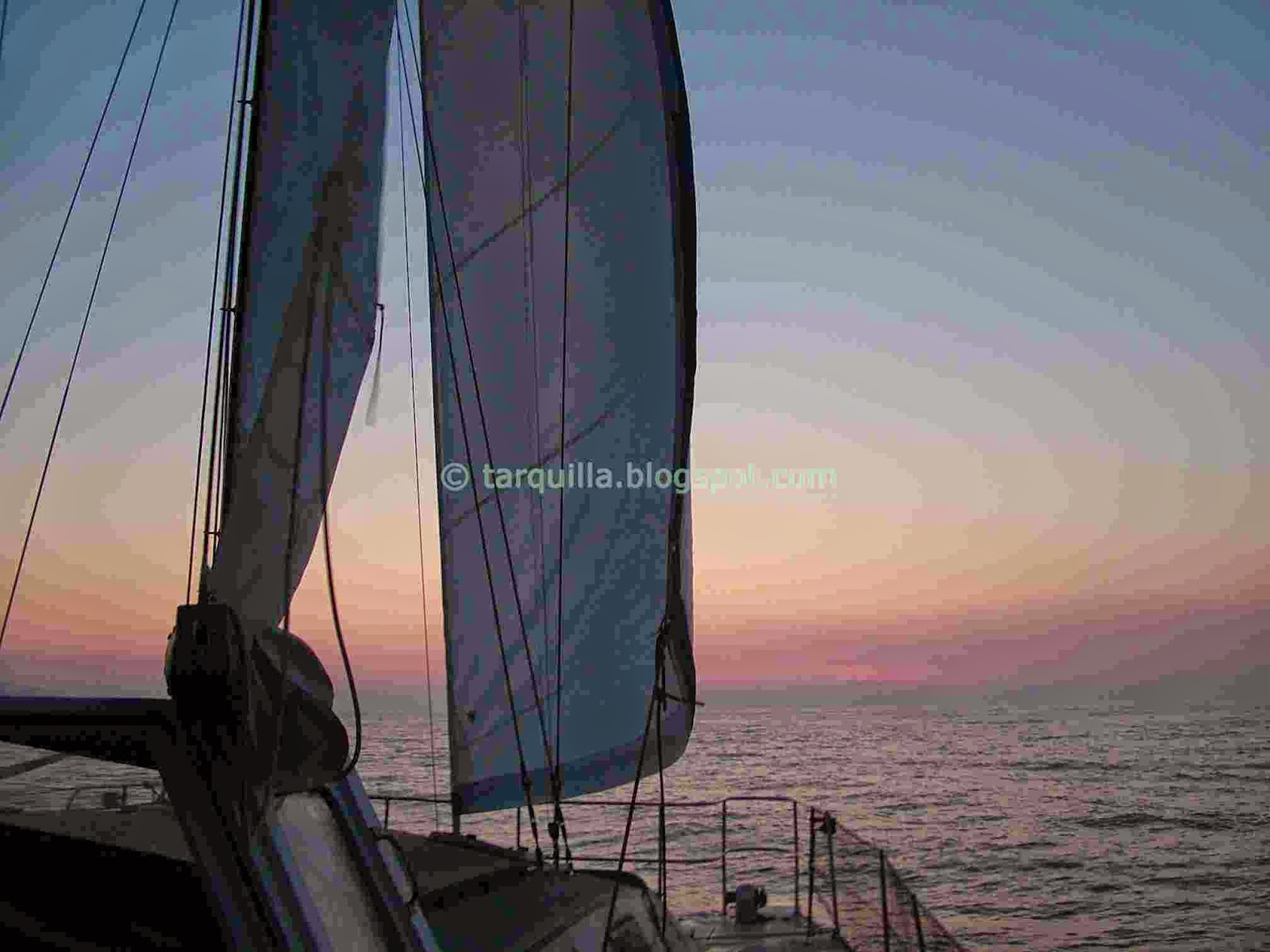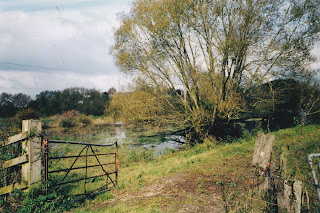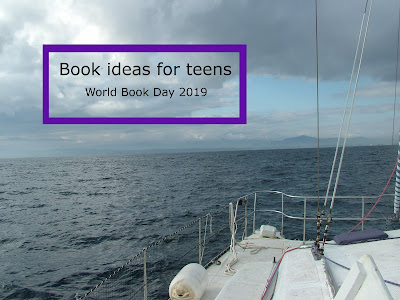Sea Survival Course
It was this time of
year back in 2011 that we did a family sea survival course. At the time I
hadn’t really got into blogging so didn’t write about it. It is a subject that
comes up often among those preparing to sail. So, belatedly, this is what we
got up to on that day 3 years ago. It is a subject never far from a sailor’s mind
and with another big rescue this week it seems like a good time to finally write about it.
Not many places run a sea survival course for families but
we managed to find a course running in Southampton
and booked ourselves onto it. Having moved along the coast to Portsmouth
we set on off the allotted date bright and early - ferry to Portsmouth ,
train to Fareham then train to Southampton and
just a short walk got us to where the course was being run.
It was a very interesting course. Run by an independent company
but under the guidelines of the Royal Yachting Association (RYA) it was guided
by the RYA book Sea Survival which we were given as part of our pack and
contains valuable guidance. As there were two of us on the course it means we
have two books, we keep one on the bookshelf and the other lives (as
recommended) in the grab bag.
Dog eared from being used for preparation
|
We spent the morning in class going through information such
as what should be in an emergency grab bag, how does an EPIRB work, how does
rescue at sea happen, what happens if you drink sea water, how long can you
survive without water, what extra things should you include in your planning
and other really vital information. It was all presented in a very informative
and interesting manner making it easy to sit and listen. The deckhands all
joined in and were very good. For the older two it was just like being back at
school after a four month break. I found it quite odd being on the learning
side of the desk rather than the teaching side.
In the breaks we chatted to the others in the group. With
about 15 of us it was a nice size. Many were individuals or couples learning
about sailing, others were planning longer adventures, most were fascinated by
our plans and asked the children lots of questions and four lads were setting
off to row across the Atlantic .
Later in the day we headed to the pool. Dressed in swimming
stuff with shorts and t-shirt on top (You don’t tend to change into your
swimming gear when you are sinking) we were to practice all the drills we had
learnt in theory earlier. At this point we – as a family – were separated off
from the others and worked as a smaller group on our own with an instructor. The
boys wore their own life jackets which meant that we were able to check them on
the children and they were able to see exactly how they work.
Whilst the bigger group headed to the deep end with their
instructors we headed to the shallow end. Firstly the Skipper and I followed
the procedure for jumping into the water (arm across chest, other hand across
mouth, pinch your nose and go). Once we were in the water, the children came in
to us one by one. It was done very carefully and slowly, the instructor could
not be faulted for his patience, care and the way he talked to the deckhands.
Getting into the water and having the lifejacket inflating automatically
was a valuable experience. The children gained confidence in the jackets and
also if they had ever needed to use them in anger would have known what to expect.
Once we had tried to see if we could sink with the lifejackets on it was time
to do some drills. For me as a mother one of the most reassuring was the
‘train’. We were taught how to link together into a chain so that it takes less
effort to move around and you all stay together. Knowing that even the youngest
(then only 4) could be secured in the water within the family unit was very
important to me.
Sometimes there is nothing for miles
|
We then watched a life raft opening out and had the
challenge of getting into the pool, swimming together in our chain towards it
and helping each other in – not as easy as it sounds and the instructors also
kindly threw water at us to represent (some of!) the spray you would expect. With the pool work done it was back to the classroom for a
video of a helicopter rescue, the last few bits to finish off, and
consolidation. Finally the course was done and with hand shakes all round we
were all presented with our certificates.
A short time later we were waiting on a very cold and tiny
platform for our trains back. A couple of hours later, in the dark we stepped
off the ferry and met my Dad who had kindly come down to spend the afternoon on
Tarquilla keeping the sea dog company. We spent the evening enjoying fish and
chips together and regaling him with tales of the day.
The course was extremely good, but in hind sight was it worth it? For the Atlantic rowers it certainly was. They credit the course with their survival – praise doesn’t come much higher than that. For us, the knowledge we gained from it has been worth its
weight in gold. It gave us an understanding of what and why certain things are
needed in an emergency and it gave us practical experience of life jackets,
life rafts and survival techniques. In the week after the course we went
through the grab bag and made sure it was suitable for our needs, adding
various items we had not thought of before.
Edit 7/12/14: The Skipper also added spray hoods and lights to the life jackets following the course.
We have fortunately not needed to actually put any of the
information into practice but even so the knowledge was invaluable. A few times
when things were looking a bit hairy we were able to reassure the children (and
ourselves) that they knew what to do and they knew they could trust their life
jackets. When we were actually sinking the whole crew pitched in, knowing what
needed doing and getting on with it calmly and efficiently. Once again the
course played a big part in this. When we were safely tied to land we toasted
the instructors who had been so good.
All in all, although the family courses are not common, it
was certainly one of the best investments we made.
The French SNSM demonstrating a rescue at
the Festival of the Sea, Camaret
|
We did the course
through Tailored marine Services who don’t even know I’m writing this and have certainly not
sponsored us in any way.






Comments
Post a Comment